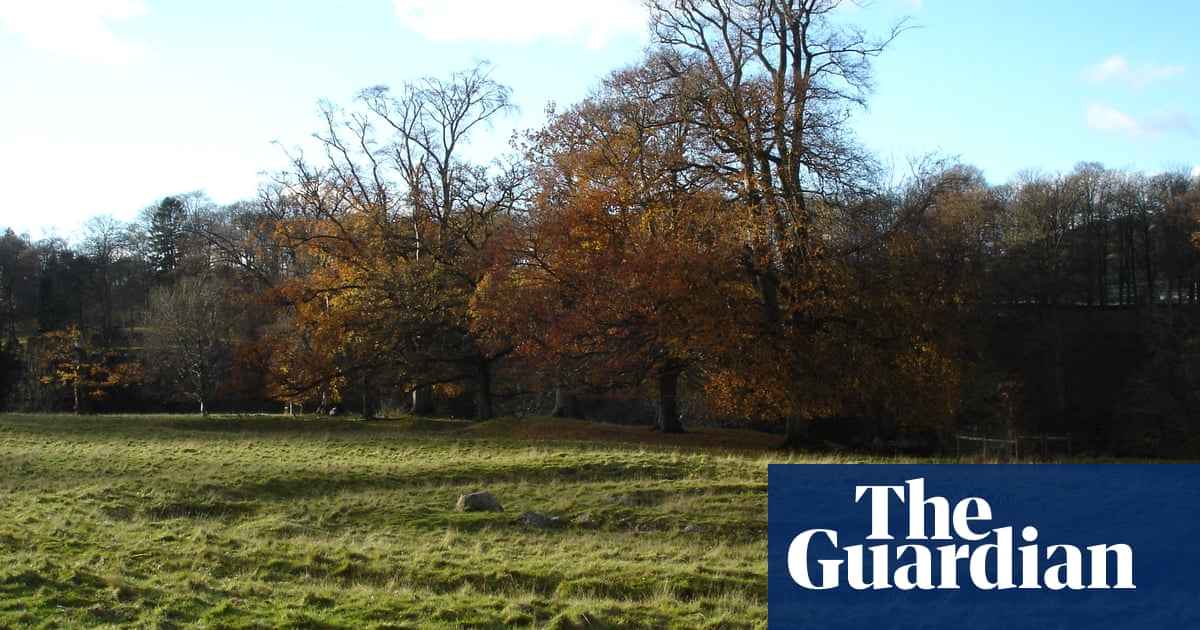
Italian archaeologists have unearthed the bones of nine Neanderthals who were allegedly hunted and mauled by hyenas in their den about 100km south-east of Rome.
Scientists from the Archaeological Superintendency of Latina and the University of Tor Vergata in Rome said the remains belong to seven adult males and one female, while another are those of a young boy.
Experts believe the individuals lived in different time periods. Some bones could be as old as 50,000 to 68,000 years, whereas the most ancient remains are believed to be 100,000 years old.
The Neanderthal remains, which include skullcaps and broken jawbones, were found in the Guattari cave, which had already gained notoriety for the presence of fossils of these distant human cousins, which were found by chance in 1939. Since then, no further human remains had been uncovered in Guattari.
“It is a spectacular find,” said Mario Rolfo, professor of archaeology at Tor Vergata University. “A collapse, perhaps caused by an earthquake, sealed this cave for more than 60,000 years, thereby preserving the remains left inside for tens of thousands of years.”
Researchers found traces of vegetables alongside human remains and those of rhinoceroses, giant deer, wild horses and, of course, ferocious hyenas.
According to the researchers, most of the Neanderthals had been killed by hyenas and then dragged back to the cave they had transformed into their den. Once inside, the animals consumed their prey.
“Neanderthals were prey for these animals,” said Rolfo. “Hyenas hunted them, especially the most vulnerable, like sick or elderly individuals.”
Even before these ferocious predators took possession of the cave, experts do not exclude the possibility that Neanderthals had at one time made it their home.
Rolfo has announced that his team of researchers intended to analyse the DNA of these individuals to understand their ways of life and history.
A preliminary analysis of dental tartar has revealed that their diet was varied. They primarily consumed cereals, which contributed to the growth of their brains.
“It is an extraordinary discovery that the whole world will talk about,” said Italy’s culture minister, Dario Franceschini. “These findings will help to enrich studies on Neanderthals.”
Neanderthals inhabited Eurasia, from the Atlantic coast to the Ural mountains, from about 400,000 years ago until a little after 40,000 years ago, disappearing after our species established itself in the region. Last year, remains and tools found in Bulgaria, revealed that modern humans and Neanderthals were present at the same time in Europe for several thousand years, giving them ample time for biological and cultural interaction.
Often portrayed as the simple, stocky relatives of modern humans, Neanderthals had, in fact, similar brains and developed a rich culture. Beyond their complex stone tools and painted jewellery, the Neanderthals used to adorn caves in art, leaving hand stencils behind for modern humans to ponder long after they died out.












